Camping and Trekking in Himachal Pradesh
Himachal Pradesh, nestled within the powerful Himalayas, is a paradise for journey seekers and nature fans. The kingdom is home to a number of the maximum breathtaking hiking routes in India, making it a must-go to vacation spot for hiking fanatics. With its diverse landscapes, starting from snow-capped mountains to lush inexperienced valleys, Himachal gives a completely unique enjoy for each trekker. In this weblog post, we are able to take you on a journey via the top 10 treks in Himachal, giving you an in depth manual to each trek and what makes it a must-do journey. So get geared up to lace up your boots and embark on a thrilling journey of hiking in Himachal!
Introduction to Camping and Trekking in Himachal Pradesh
Trekking in Himachal Pradesh isn’t simply an pastime; it is an immersion into the heart of the Himalayas, wherein each path tells a story, and each top holds a legend. The region gives a kaleidoscope of trails, from serene walks thru pine forests and alpine meadows to tough ascents towards snow-clad summits. Each trek in Himachal is a adventure thru varied ecosystems, offering glimpses of the rich vegetation and fauna that inhabit those mountains. The precise cultural reviews, from the nice and cozy hospitality of the mountain folks to the ancient monasteries and temples dotting the landscape, add layers to the trekking adventure.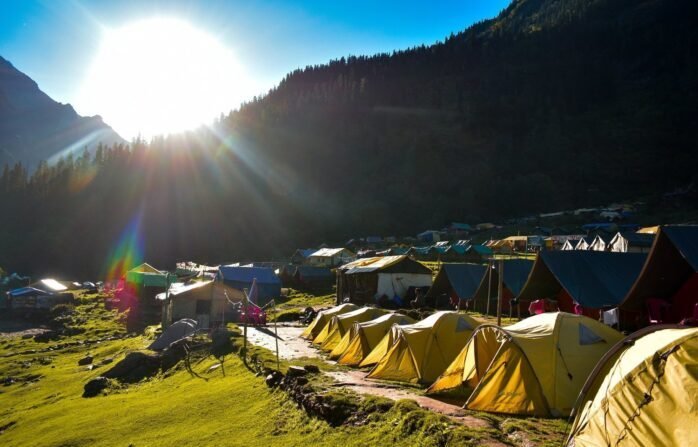
As trekkers navigate through old fashioned villages, they now not only find out the untouched splendor of the Himalayas but also the vibrant lifestyle that flourishes in these high altitudes. Whether it’s the lush greenery of the monsoon season or the pristine white snow of iciness, each season gives a awesome flavour of hiking in Himachal, making it an all-yr-spherical destination for adventurers.
Himachal Pradesh, regularly known as the “Land of the Gods,” is a haven for trekkers and nature fanatics. This northern Indian nation, cradled in the Himalayas, offers an array of hiking trails that modify from smooth walks through picturesque villages to challenging high-altitude expeditions. This comprehensive guide will delve into the excellent trekking routes, education suggestions, packing essentials, acclimatization, safety measures, neighborhood cultural appreciate, and extra, making sure a safe and noteworthy tenting and trekking revel in in Himachal Pradesh.
Himachal Pradesh, with its various topography and rich cultural history, has grow to be a prominent destination for tenting and hiking. The kingdom’s landscape degrees from dense forests and rolling meadows to snow-capped peaks and gushing rivers. This range lets in trekkers to choose routes that fit their enjoy and choices. The area’s natural splendor, coupled with its serene environment, offers an exceptional camping and hiking enjoy.
Popular Camping and Trekking Routes in Himachal Pradesh
Triund Trek
Difficulty Level: Easy to Moderate
Duration: 1-2 days
Best Time to Visit: March to December
Triund is one of the most popular treks, especially for novices. The trek starts from McLeod Ganj, a suburb of Dharamshala, recognised for its colourful Tibetan culture. The trail takes you via lush forests of very welland rhododendron, progressively ascending to the Triund ridge. At an altitude of about nine,350 feet, Triund offers panoramic views of the Dhauladhar range and the Kangra Valley. The relatively quick length and the nicely-marked path make it on hand for most trekkers. Camping at the Triund ridge under the starry sky is an adventure in itself.

Hampta Pass Trek
Difficulty Level: Moderate
Duration: four-5 days
Best Time to Visit: June to September
Hampta Pass is a gateway among Kullu Valley and Lahaul Valley. Starting from Jobra close to Manali, the trek takes you via various landscapes—green valleys, rocky terrains, and snow-covered paths. The highlight is crossing the Hampta Pass at an altitude of 14,a hundred ft, which gives lovely perspectives of the surrounding peaks and valleys. The descent into the Spiti Valley offers a stark assessment with its barren, almost barren region-like surroundings. This trek is one of the first-rate treks in summer season because of its favourable climate situations and breathtaking scenery.

Pin Parvati Pass Trek
Difficulty Level: Difficult
Duration: 9-12 days
Best Time to Visit: July to September
The Pin Parvati Pass trek is for seasoned trekkers in search of a tough journey. The trek starts from Kullu and traverses the lush Parvati Valley earlier than ascending to the Pin Parvati Pass at 17,450 ft. Crossing into the Spiti Valley, the trek offers a dramatic exchange in surroundings from verdant meadows to arid landscapes. The trek additionally affords an opportunity to visit Buddhist monasteries and have interaction with the neighbourhood Spitian lifestyle. Camping along this route is a rewarding revel in, with the danger to witness the lovely night time sky.
Trek to Kheerganga
Difficulty Level: Easy to Moderate
Duration: 2-three days
Best Time to Visit: May to November
The trek to Kheerganga is one of the maximum famous treks in the Parvati Valley, beginning from Barshaini near Kasol. The trail takes you thru dense forests, charming villages, and alongside the Parvati River. Kheerganga, at an altitude of approximately 9,seven hundred ft, is well-known for its warm water springs and the panoramic view of the Himalayas. The enjoy of tenting close to the hot springs and soaking in them underneath the open sky provides a completely unique charm to this trek.
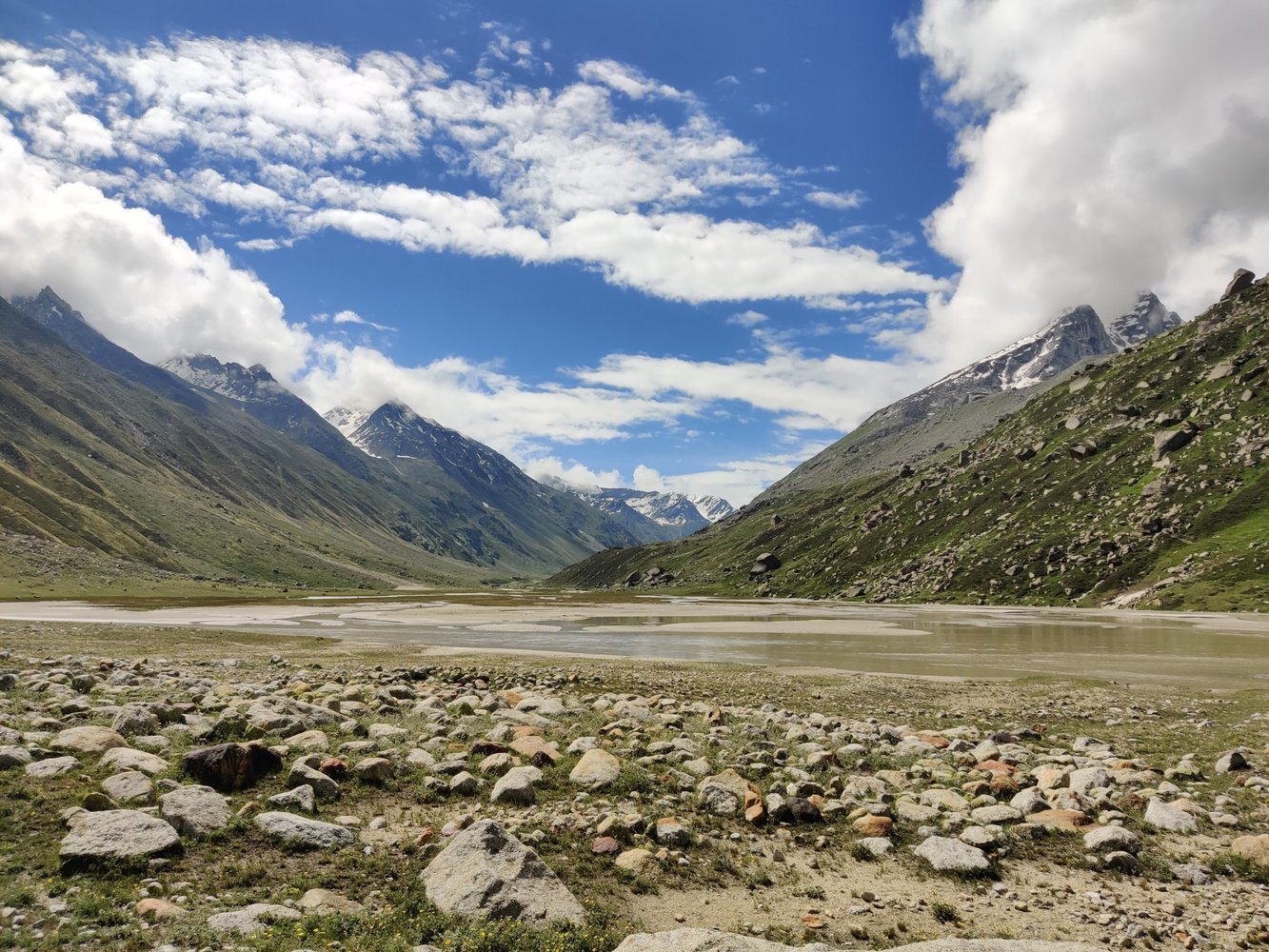
Beas Kund Trek
Difficulty Level: Easy to Moderate
Duration: 3-four days
Best Time to Visit: May to October
Beas Kund is a high-altitude alpine lake located near the supply of the Beas River. The trek starts offevolved from Solang Valley, a popular vacationer destination close to Manali. The trail takes you through meadows, streams, and moraines, supplying astonishing views of peaks like Hanuman Tibba and Friendship Peak. Beas Kund, situated at an altitude of 12,772 ft, is taken into consideration sacred and is surrounded by way of towering mountains. Camping by way of the serene lake, surrounded through majestic peaks, makes this trek a memorable journey.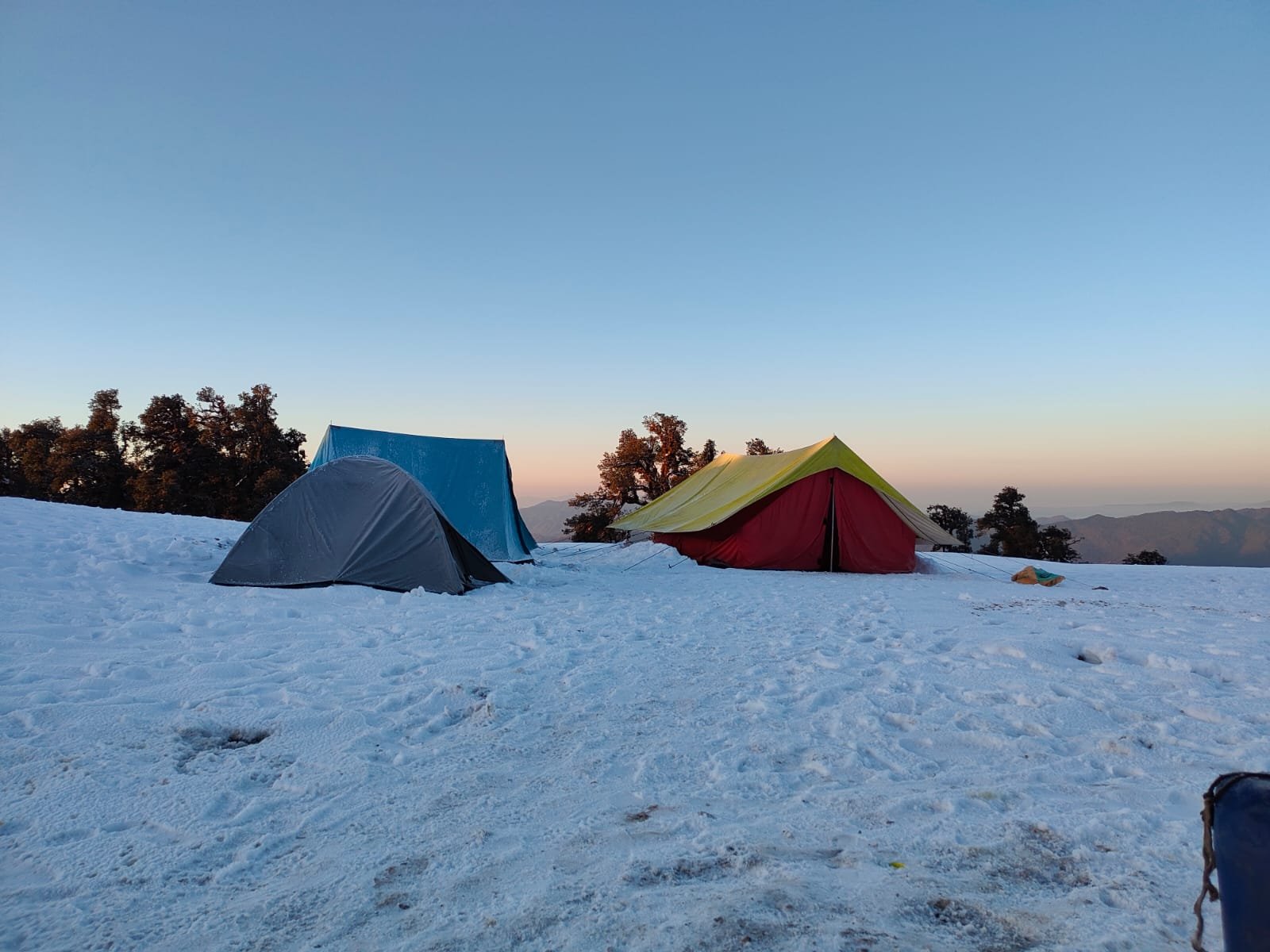
Bhrigu Lake Trek
Difficulty Level: Moderate
Duration: 3-four days
Best Time to Visit: May to October
The Bhrigu Lake trek is understood for its excessive-altitude meadows, which stay lush and green throughout the trekking season. The trek begins from Gulaba, close to Manali, and ascends via forests and open meadows to the Bhrigu Lake, located at an altitude of 14,000 ft. The lake is called after the sage Bhrigu and holds full-size mythological importance. The trek offers panoramic views of the Pir Panjal and Dhauladhar ranges. Camping close to the lake offers an amazing possibility to witness the pristine beauty of the Himalayas.
Three. Physical Preparation
Trekking in Himachal Pradesh requires a very good stage of bodily fitness, in particular for mild to tough treks.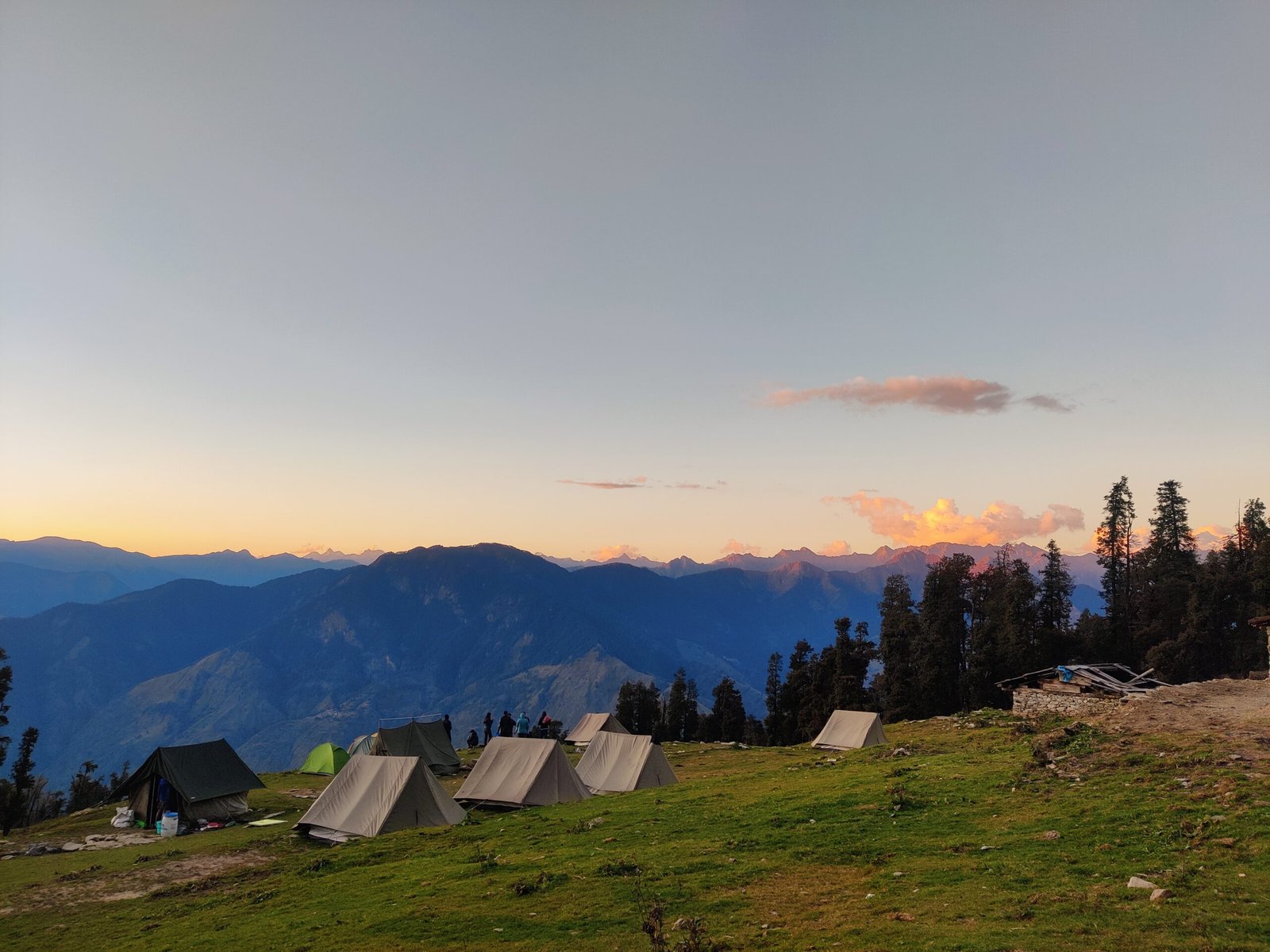
Here are some key aspects to remember:
Cardio Training
Regular aerobic exercises together with running, cycling, swimming, or brisk on foot help build the stamina required for hiking. Aim for at least 30-forty five mins of cardio exercise, 5 times a week, starting at the least a month earlier than your trek.
Strength Training
Strength education sporting activities help build the muscle endurance wanted for sporting a backpack and navigating choppy terrains. Focus on sports that beef up the legs, middle, and upper body, such as squats, lunges, planks, and push-ups. Incorporate weight education if feasible.
Practice Hikes
Simulate trekking conditions through taking place exercise hikes with a loaded backpack. This enables your frame get familiar with the burden and improves your stability and persistence.
Flexibility and Balance
Incorporate stretching sporting activities and yoga into your recurring to improve flexibility and stability. This can help save you injuries and decorate your trekking performance.
Packing Essentials
Packing the right gear is critical for a successful trek. Here’s a comprehensive listing of essentials:
Clothing
Layered Clothing: Base layers (moisture-wicking), mid layers (insulating), and outer layers (water resistant and windproof)
Trekking Pants and Shorts: Quick-dry and snug
Warm Clothing: Fleece jacket, thermal put on, down jacket (for better altitudes)
Rain Gear: Waterproof jacket and pants
Accessories: Hat, gloves, sun shades, and scarf or neck gaiter
Footwear
Trekking Boots: Sturdy, water resistant, and nicely-outfitted with true ankle assist
Socks: Moisture-wicking and padded (convey more pairs)
Backpack
Daypack: 20-30 liters for short treks
Backpack: 40-60 liters for multi-day treks, with a rain cowl
Sleeping Gear
Sleeping Bag: Suitable for the predicted temperature variety
Sleeping Pad: Lightweight and insulating
Essentials
First Aid Kit: Band-aids, antiseptic wipes, ache relievers, blister treatment, private medicinal drugs
Water Bottles and Purification Tablets: Stay hydrated and ensure smooth water
Multi-tool and Knife: Useful for numerous duties
Flashlight or Headlamp: With extra batteries
Sunscreen and Lip Balm: High SPF to shield against UV rays
Toiletries: Biodegradable cleaning soap, toothbrush, toothpaste, wet wipes, hand sanitizer
Food and Snacks
High-Energy Snacks: Nuts, dry fruits, electricity bars, trail mix
Meals: Easy-to-cook dinner and light-weight, such as immediately noodles, oats, and freeze-dried meals
Navigation and Communication
Maps and Compass: Even in case you’re with a manual, it’s appropriate to have your personal navigation tools
Mobile Phone and Power Bank: For verbal exchange and emergencies five.
Acclimatization
Proper acclimatization is important to prevent altitude illness, which may be existence-threatening. Here are a few recommendations:
Spend Time at Base
Before starting the trek, spend an afternoon or at the base vicinity to acclimatize to the altitude. This facilitates your body modify to the decreased oxygen ranges.
Gradual Ascent
Ascend slowly and avoid fast elevation gain. Follow the principle of “climb high, sleep low” to assist your frame regulate.
Hydrate
Drink masses of water to live hydrated. Avoid alcohol and caffeine, as they are able to cause dehydration.
Listen to Your Body
Pay attention to signs and symptoms of altitude illness, inclusive of headache, nausea, dizziness, and shortness of breath. If signs and symptoms persist, descend to a lower altitude and rest.
Medications
Consult a medical doctor approximately medicines which can help with acclimatisation, together with acetazolamide (Diamox).
Hiring a Local Guide
Hiring a neighbourhood guide can decorate your camping and hiking experience in numerous methods:
Safety
Local publications are familiar with the terrain and can navigate difficult sections of the path appropriately. They are also skilled in first aid and can help in case of emergencies.


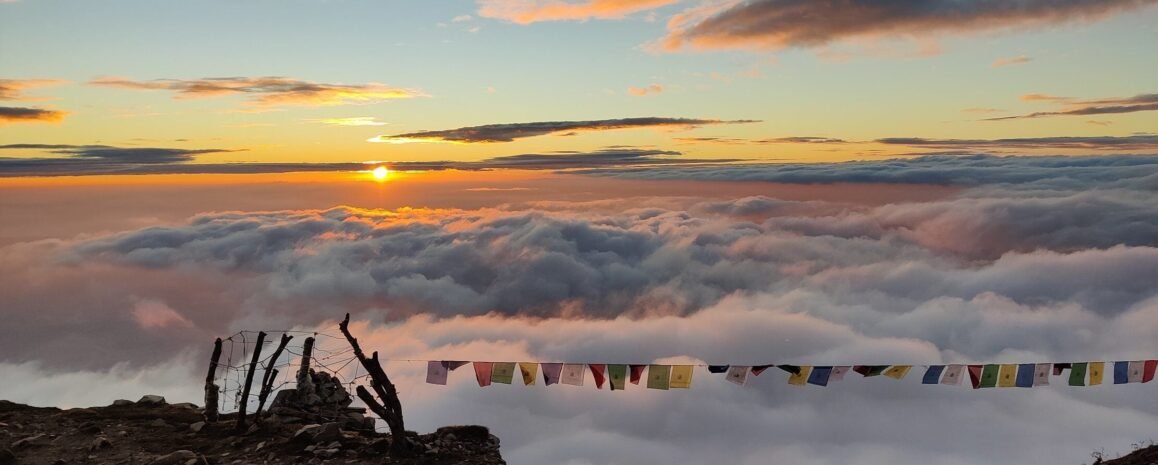
0 Comment